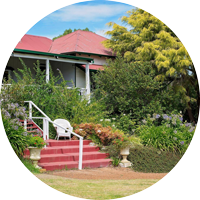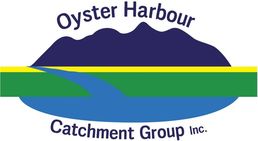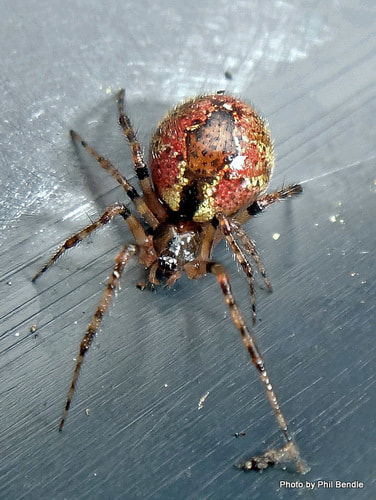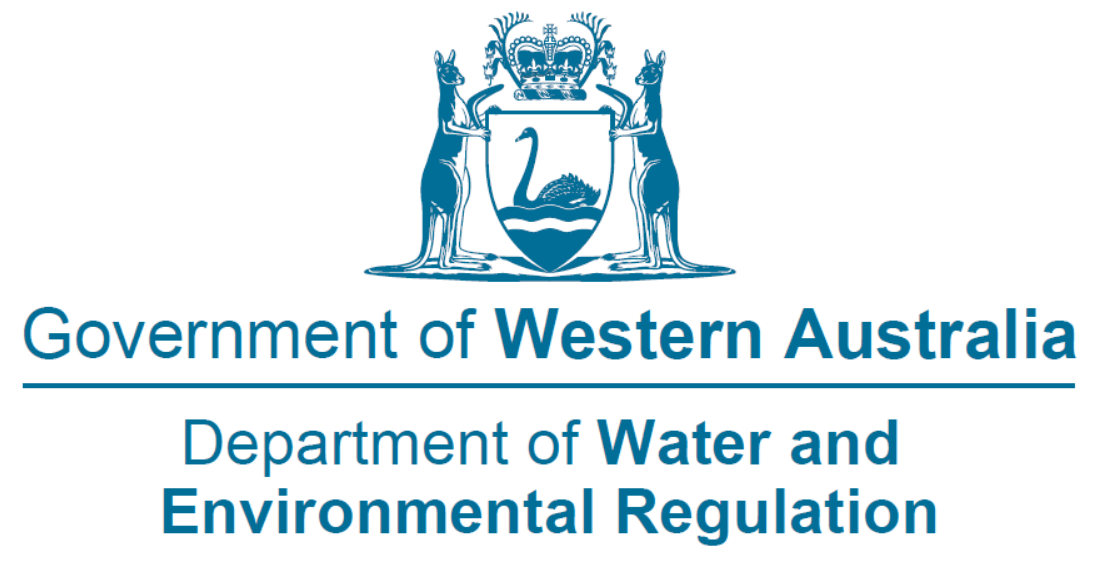Diamond Comb-footed Spider
Cryptachaea veruculata
Cryptachaea veruculata is a small spider native to Australia and New Zealand. This species has shown to have potential to be used to control spider mites and leafroller caterpillars. They often seen in their small tangled messy webs on buildings and plants with a very interesting pinky mauve spiders egg sacs.
Like other Theridiids it is related to the potentially lethal redback spider, Latrodectus hasseltii, but probably too small to cause any great alarm (4mm (f)- 2mm (m)). There are many other similar small Theridiid species common in in suburban gardens. Many are undescribed.
Like other Theridiids it is related to the potentially lethal redback spider, Latrodectus hasseltii, but probably too small to cause any great alarm (4mm (f)- 2mm (m)). There are many other similar small Theridiid species common in in suburban gardens. Many are undescribed.
Fun fact: Comb-footed spiders named for having a comb of stiff bristles on the outermost segment of the fourth legs which are used to draw silk.
Welcome to
Karribank and the Kari On Bar

|
The Blythe family welcome you to historic Karribank and the Karri On Bar, located on the doorstep to the wonderland that is the Porongurup National Park.
Karribank was built in the early 1900’s and was a working dairy and fruit farm. Just after the First World War the homestead was expanded and Mrs Faulkner started to receive guests. In 1997 John and Chris Blythe began the task of saving many of the historic buildings and restoring them to enable guests to step back in time and still enjoy modern comforts. See more: www.karribank.com.au |
We acknowledge the Minang and Koreng people as the traditional custodians of the land on which we work and live. We pay our respects to the Elders, past, present, and emerging and to the wider Noongar community.
Sponsors and Supporters













